Let’s talk about car parts! Specifically, an essential part of your car’s cooling system, car radiators. Because when it gets hot in Texas, it’s really, really hot.
Your car’s engine works through combustion.
Combustion means explosions. Explosions mean heat. For your car to take you across town, it has to produce a lot of heat. Without a cooling system, the engine combustion jacks up the engine’s temperatures quickly, causing issues when it gets too hot.
The radiator is one car part you don’t want to have trouble with, especially in the dead of summer. So, what is a radiator, and how does it work keeping your car cool?
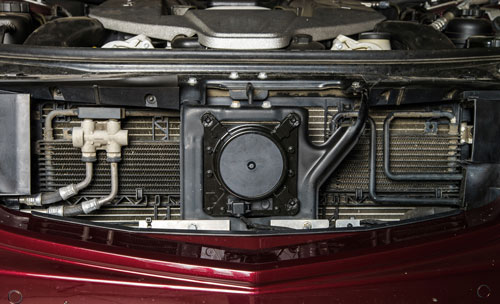
What Are the Parts of Car Radiators?
You can locate your car’s radiator under the hood next to the engine. Radiators come in different makes and models, but they all have the same necessary components.
- Coolant – the liquid used to conduct the heat away from the engine, transmission, and radiator. Coolants can be gaseous or liquid. However, most modern vehicles use liquid coolant.
- A Core – made of a metal block with smaller metal fins, which transfers heat from the hot coolant that flows through them into the air.
- Pressure Cap – a cap that seals off the radiator and creates pressure inside the radiator, ultimately increasing the coolant’s boiling point.
- Outlet/Inlet Tubes – this is where the coolant enters and exits the radiator and engine.
How Does a Car Radiator Work?
While you’re busy driving your car, your engine is working hard and producing a lot of heat. Here’s where your car’s cooling system comes in, going through a few steps to cool off the hard-working engine.
- As things heat up under the hood, coolant starts its path through the engine. As the coolant moves through the engine block, it absorbs heat from the cylinders and combustion chambers.
- The coolant then transports heat away from the engine block and towards the radiator through an inlet hose. The coolant moves through the radiator fins, which are small tubes that make up the radiator core. Here, fresh air passes over.
- The air cools the coolant and pushes the heat out of the car and into the air outside, usually through the vehicle’s grill. (Depending on the car, the radiator can have a fan that aids in exchanging the air inside and outside of the car.)
- After the coolant passes through the radiator, it then makes its way back to the engine block through an outlet tube to start the heat exchange cycle again.
What Should You Know About Coolant?
Coolant is also referred to antifreeze because it must be able to withstand extremely low temperatures, as well as high ones. Further, it must act as a lubricator and fight against rusting, it goes beyond helping car radiators function.
The coolant reservoir is located under the hood of your car, next to the radiator and the engine. It’s connected by a rubber hose, which allows the exchange of fluid in and out of the container. They’re typically transparent with minimum and maximum level lines.
These lines help you keep track of how much antifreeze your car is using. You don’t want the coolant level to be too low, or you could run the risk of your engine overheating. This could cause irreversible damage, which means repair and replacement. If you notice that the coolant level is low, you should add more to prevent any problems.
Coolant is made from a component called ethylene glycol, which has a sweet smell. Antifreeze also comes in several different colors, giving it the appearance of candy or a sugary drink. For this reason, always keep antifreeze in a safe place where animals and small children can not access it.
Refilling the antifreeze reservoir means making sure that the fluid going in is the same that your car already has. It’s not smart to mix coolants — some need to be diluted with water while others are ready to go on the spot.
Since, the cooling system is pressurized to keep the coolant’s boiling point low, opening the reservoir can be dangerous. Never open the cap if your engine is hot. Make sure to wait a sufficient amount of time after driving. It could cause serious injury.
Your trusted mechanic should check your coolant levels during every inspection. You can also ask for a quick check under the hood when you bring your vehicle in for maintenance. If you have any questions about your radiator or cooling system, please give us a call or bring your car into Northwest Auto Center of Houston. We are happy to answer any questions you may have!

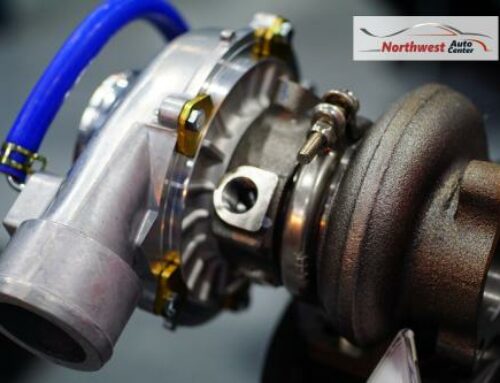
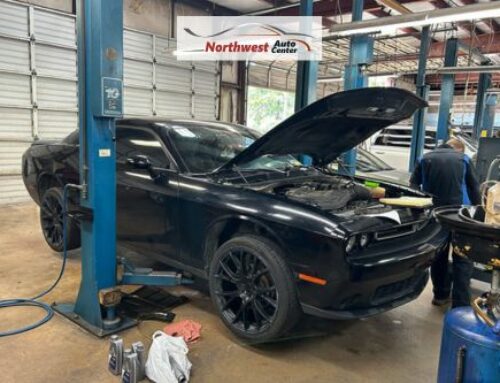
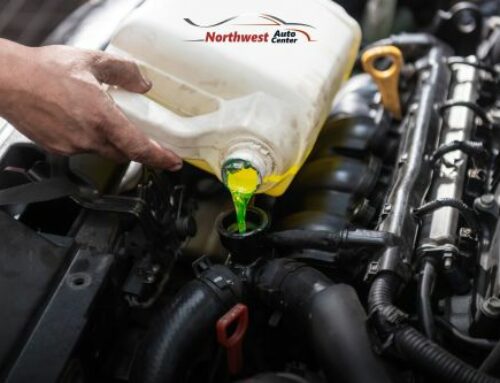
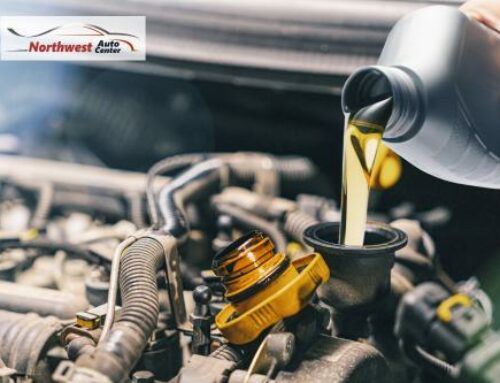

[…] engine, radiator, and cooling system are located under the hood. Your cooling system helps keep your engine from overheating by pushing coolant (aka antifreeze) through a series of pipes (https://northwestautohouston.com/car-parts-car-radiators/)at away from the engine, keeping the […]